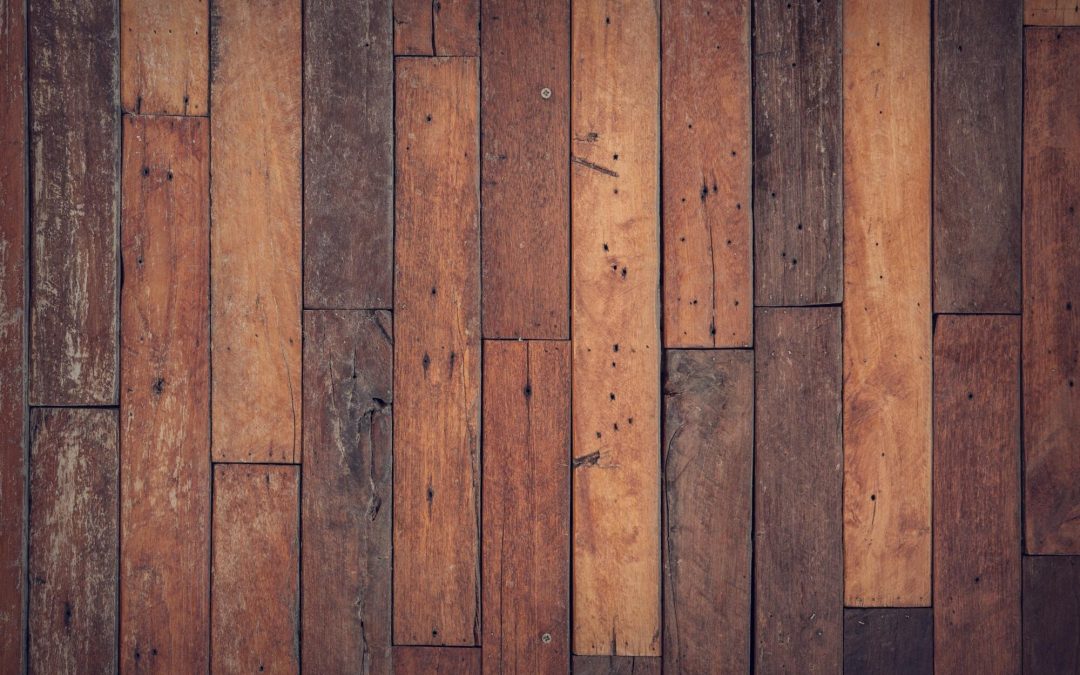Imagine walking into your commercial property one morning and noticing a musty odor that wasn’t there before. You glance around, checking for any obvious spills or leaks, but everything seems in order. However, as days go by, the smell persists and even intensifies.
Some employees start complaining about respiratory issues, and a few clients mention the unpleasant odor. You decide to investigate further and discover that the hardwood floors in several areas feel slightly damp and appear discolored. Alarm bells ring in your head – could this be mold lurking beneath the surface?
We’ve got the info you need if you’re in this situation. Read on to learn the signs of mold under hardwood floors.
1. Weird and Musty Smells
One of the most unmistakable signs of mold growth under hardwood floors are musty smells. These odors are often described as earthy, damp, or reminiscent of wet socks.
Even if the mold itself is hidden from view, the distinctive smell it emits can permeate the air, signaling a potential problem beneath the surface.
Detecting these smells early is vital. They often precede visible mold, offering a crucial early warning. When you feel like there’s a lasting musty odor in your commercial space, especially after cleaning and airing out the area, it’s essential to investigate further.
If you think you’re smelling this odor, call for a professional mold inspection ASAP. They can check if you have a problem and give you mold prevention tips for the future.
2. Warping or Buckling
Warping or buckling of hardwood floors is high on the list of building health indicators. This physical deformation occurs when wood absorbs moisture and expands, leading to a distortion in the floor’s shape and structure.
It also might be accompanied by other hardwood floor issues.
In a confined space like a floor, moisture expansion has nowhere to go, causing the boards to warp or buckle. Mold thrives in these damp conditions, often colonizing the moist wood beneath the surface.
If you notice sections of your commercial property’s hardwood floors that appear uneven, raised, or are lifting at the edges, it’s essential to investigate further.
3. Floor Discoloration
Discoloration often manifests as black, green, or white spots or patches on the surface of the wood, which can signal mold growth beneath. These discolorations result from the mold feeding on organic materials in the wood and can be one of the earliest visible signs of a mold problem.
Keep in mind that not all discoloration is caused by mold. Some stains might result from spills, chemicals, or sun exposure. However, if the discoloration is accompanied by a musty odor, warping, or other signs of moisture damage, it is likely that mold is the culprit.
Lift a section of the affected floorboards to check for mold growth underneath. If mold is present, it is crucial to identify and eliminate the source of moisture. This might involve repairing leaks, improving ventilation, or using dehumidifiers to maintain a dry environment.
4. Soft or Spongey Stuff
Soft or spongy spots on your hardwood floors are a serious indicator that mold might be growing underneath.
Moisture is the primary culprit behind soft or spongy spots. That moisture can come from plumbing leaks, high humidity levels, or water infiltration from outside.
When hardwood floors are exposed to consistent moisture, the wood fibers begin to break down, losing their rigidity and creating a spongy texture. Mold thrives in these damp conditions, further degrading the wood and exacerbating the problem.
In a commercial property, these compromised areas can pose safety risks. That can lead to tripping hazards or even floor collapse in severe cases.
5. Allergic Reactions
In a commercial setting, mold can not only damage your commercial property but also cause health risks for employees and visitors. Mold spores can cause or trigger different health problems, like allergies and respiratory issues.
Common allergic reactions to mold include symptoms such as sneezing, coughing, runny or stuffy nose, itchy or watery eyes, and skin irritation. In some cases, individuals may also experience more severe respiratory issues like wheezing, shortness of breath, or asthma attacks.
These symptoms can be particularly pronounced in people with existing respiratory conditions or mold allergies.
Start by monitoring the health complaints of occupants. If multiple individuals report similar symptoms, it’s a strong indicator that there might be an environmental issue such as mold. Conducting an indoor air quality test can help identify the presence of mold spores and other allergens in the air.
6. Higher Humidity
When indoor humidity consistently exceeds 60%, it creates a conducive environment for mold growth. Hardwood floors, being porous, can absorb this moisture, leading to the development of mold underneath.
Monitoring humidity levels is crucial in commercial properties, especially in areas like basements, kitchens, or bathrooms, where moisture tends to accumulate.
If you notice persistent condensation on windows, pipes, or walls, or if the air feels damp and clammy, it’s a clear sign that the humidity levels are too high and that mold could be present.
Using hygrometers to monitor indoor humidity can help you keep track of moisture levels. Aim to keep indoor humidity between 30-50% to minimize the risk of mold growth.
7. Visible Mold
Visible mold on or around hardwood floors is one of the most direct and concerning signs that mold is growing in your commercial property. This can appear as black, green, white, or grayish spots or patches on the surface of the wood, near baseboards, or in the gaps between floorboards.
Mold becomes visible when it has already established itself, meaning that there has likely been sustained moisture exposure that allowed mold spores to germinate and spread.
After remediation, it’s crucial to take preventive measures to avoid future mold problems. This includes maintaining optimal humidity levels, regularly inspecting for signs of moisture or leaks, and ensuring proper ventilation.
Using mold-resistant materials and applying protective sealants to hardwood floors can also help safeguard against mold.
Signs of Mold Under Hardwood Floors: Watch Out Today
Now that you know these signs of mold under hardwood floors, you’ll be able to keep your property in better shape.
Are you looking for help with hidden mold detection in Orlando? Elite Mold Services has been providing simple, accurate services since 2007.
Contact us to begin the process.

